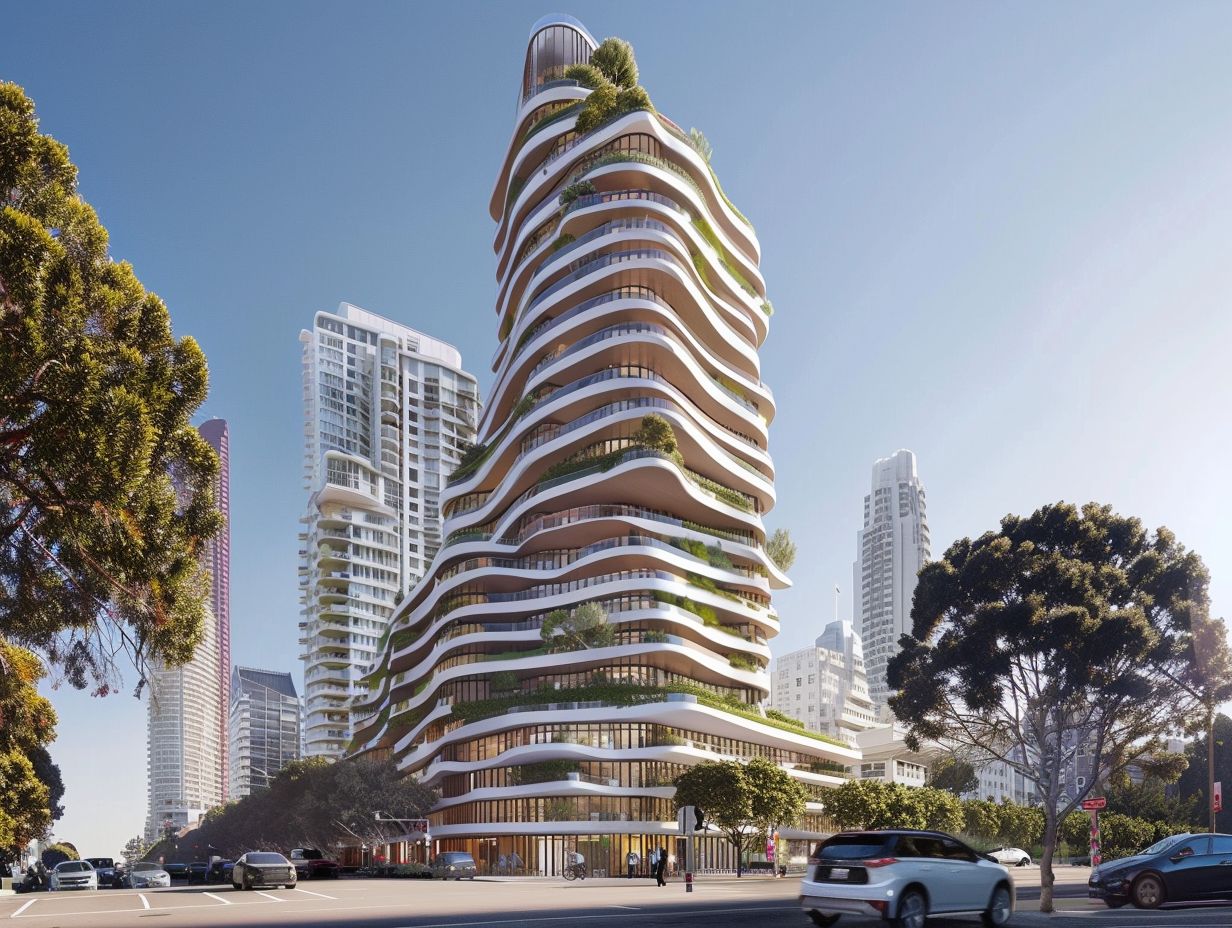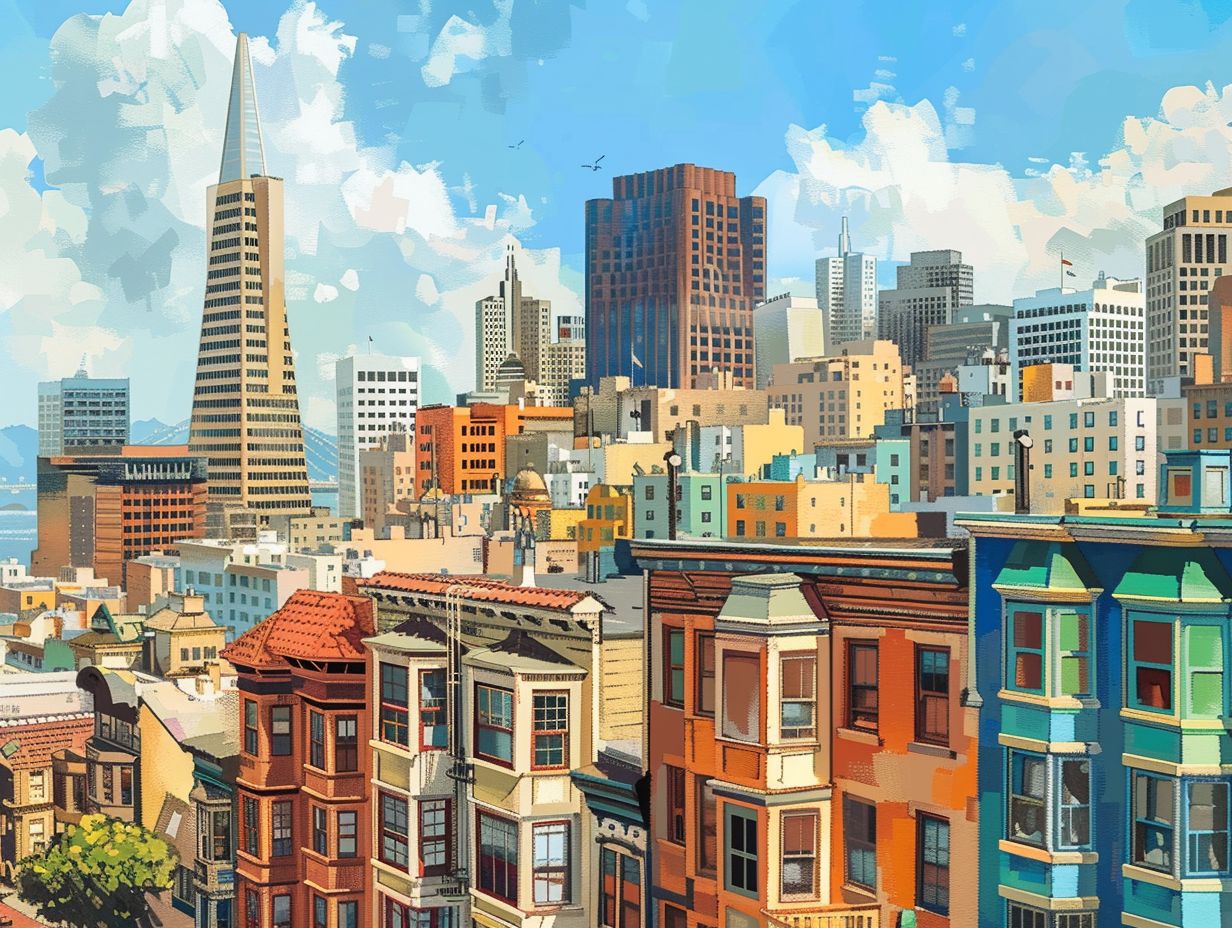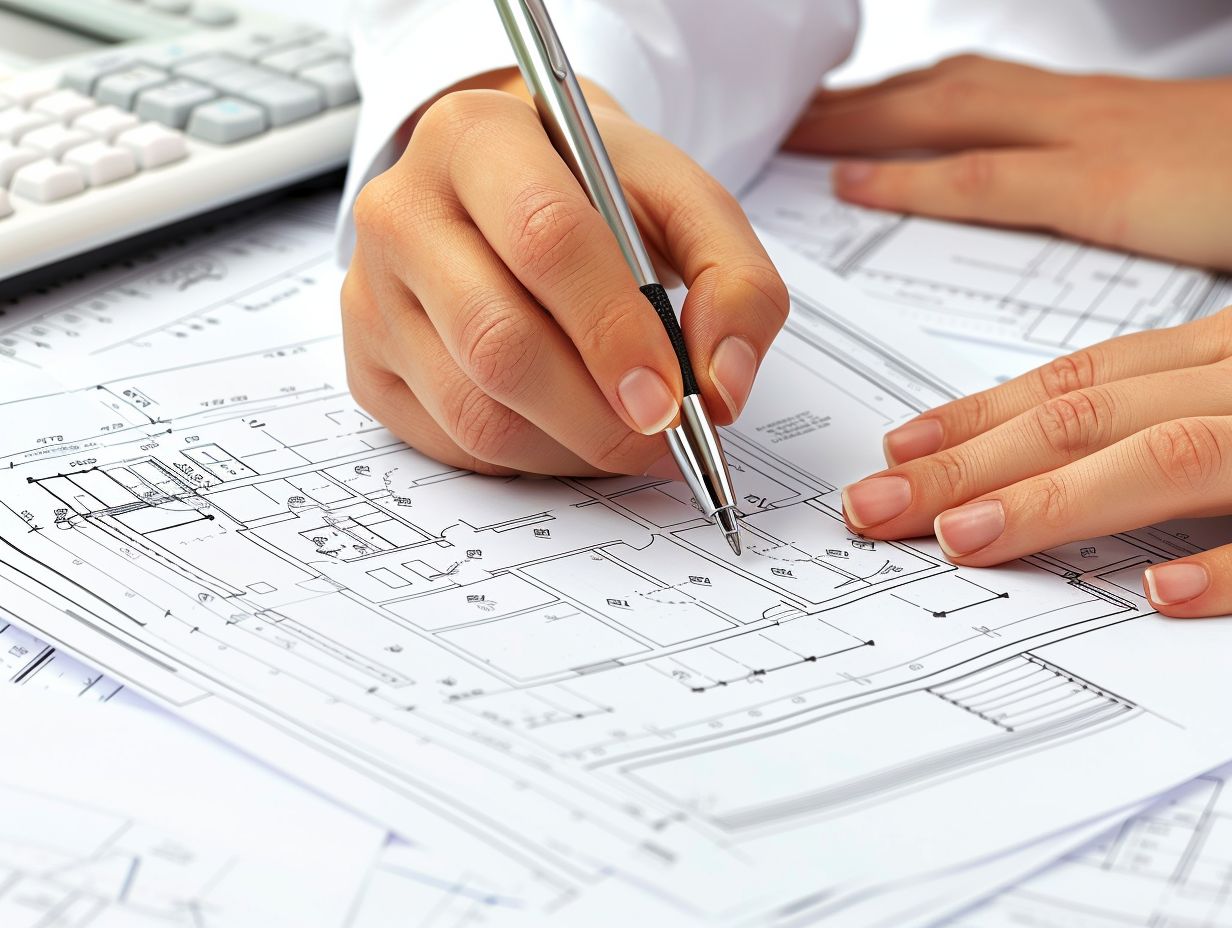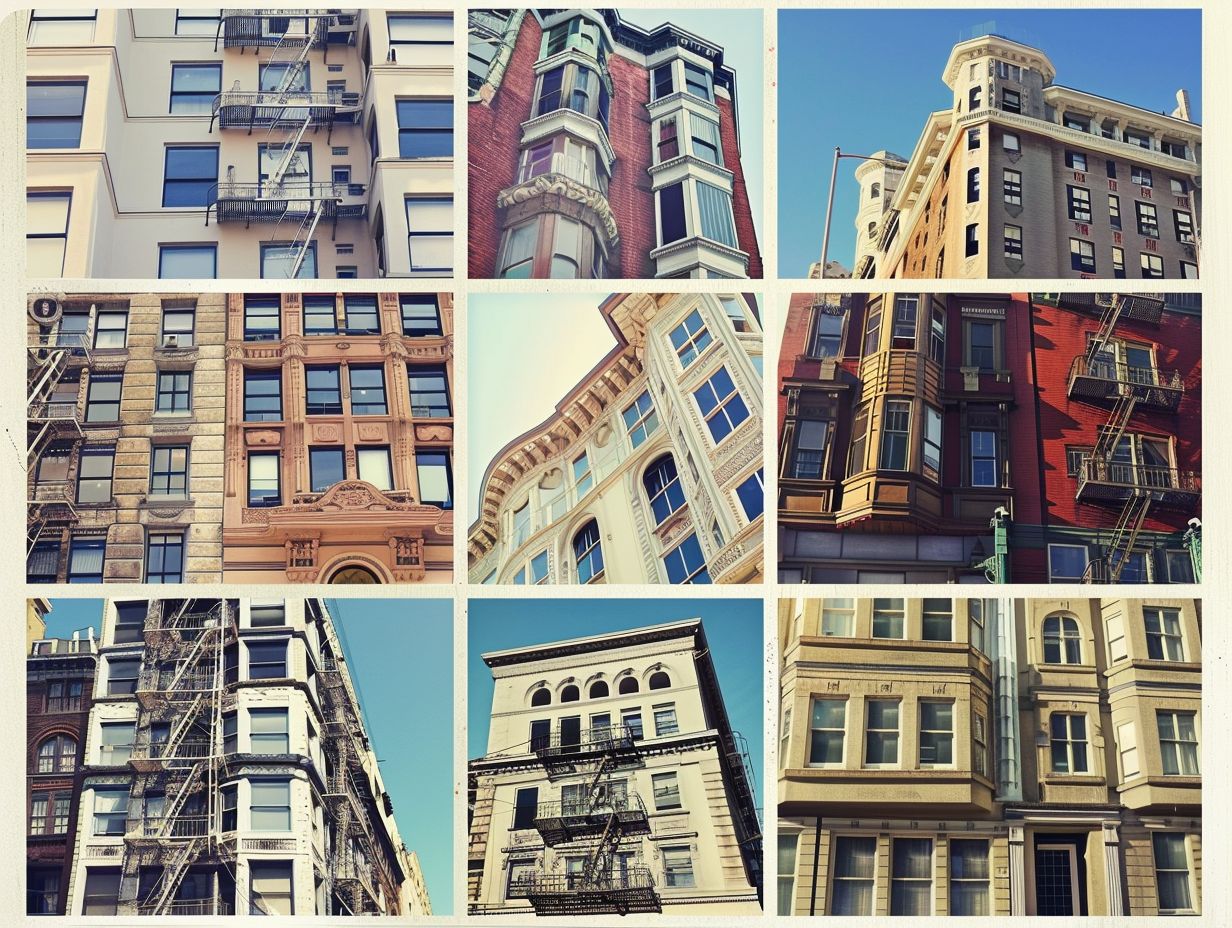
The Future Of Living In San Francisco Cuttingedge Architectural Plans Explained
San Francisco is renowned for its iconic architecture, prompting speculation on the potential evolution of its skyline. The exploration delves into the forward-thinking architectural initiatives that are influencing the city’s urban environment. Ranging from sustainable and eco-friendly concepts to the incorporation of advanced technologies like smart homes and virtual reality, San Francisco stands at the vanguard of progressive architectural developments.
The realization of these proposals presents various challenges, including financial implications and social considerations. Exploring the advantages of adopting these emerging architectural trends illuminates the potential enhancements to the overall quality of life within this dynamic city.
Exploring the City’s Evolving Architecture
The examination of San Francisco’s dynamic architecture reveals a captivating fusion of pioneering urban development initiatives that redefine the city’s skyline and enrich its distinctive cityscape.
The city has experienced a significant increase in contemporary designs that emphasize sustainability and seamlessly incorporate state-of-the-art technologies into its architectural milieu. Noteworthy projects such as the Salesforce Tower have emerged as emblematic representations of San Francisco’s dedication to innovative construction methodologies.
This architectural progression not only amplifies the visual allure of the city but also underscores its progressive stance on urban planning and environmental awareness, establishing a standard for forthcoming advancements in urban hubs.
Innovative Architectural Plans for San Francisco
San Francisco is envisioning a future characterized by cutting-edge architectural plans that harmoniously integrate modern designs with sustainable development initiatives, thereby reshaping the cityscape through the implementation of innovative structures.
Sustainable and Eco-Friendly Designs
The adoption of sustainable and environmentally conscious designs within architectural projects in San Francisco serves as a reflection of the city’s dedication to the implementation of green building practices and the utilization of sustainable materials to foster a more environmentally friendly urban landscape.
This approach yields benefits not only for the environment but also for the creation of healthier and more habitable spaces for the city’s residents. The integration of sustainable materials such as reclaimed wood, recycled glass, and energy-efficient systems not only diminishes the carbon footprint associated with buildings but also advocates for a sustainable lifestyle.
By emphasizing eco-friendly designs, architects in San Francisco are proactively addressing the need to mitigate the environmental impact of construction endeavors, thus paving the way for a more sustainable future for forthcoming generations.
Efficient Use of Space and Resources
The foundation of urban planning in San Francisco is rooted in the efficient utilization of space and resources. The city’s architectural innovations for sustainable living are guided by a focus on energy efficiency and the optimization of urban spaces.
This approach not only elevates the overall quality of life within the city but also plays a pivotal role in diminishing environmental impact. Through strategic building and infrastructure design, San Francisco ensures that every square foot fulfills a specific purpose and contributes to a vibrant, interconnected urban environment.
The integration of urban design principles that prioritize pedestrian-friendly spaces, mixed land-use developments, and sustainable transportation options further reinforces San Francisco’s dedication to cultivating a more habitable and environmentally conscious urban landscape.
Impact of Technology on Future Living in San Francisco
The influence of technology on the future lifestyle in San Francisco is clearly demonstrated by the smooth incorporation of smart homes, sophisticated amenities, and advanced digital infrastructure, positioning the city at the vanguard of technological progress.
Smart Homes and Automation
Smart homes and automation are reshaping the landscape of modern living in San Francisco, where state-of-the-art technologies and advancements in the Internet of Things (IoT) intersect to establish efficient and convenient residential environments. The incorporation of home automation systems enables residents to remotely manage various facets of their homes, ranging from adjusting lighting and temperature settings to surveillance camera monitoring.
Beyond mere convenience, the impact of technology extends to bolstering safety measures and enhancing energy efficiency. Smart homes transcend mere opulence, embodying a commitment to sustainability through features such as automated irrigation systems that promote water conservation and intelligent appliances that optimize energy consumption. This seamless assimilation of IoT devices contributes to cultivating a more streamlined and comfortable daily living experience for urban inhabitants in bustling metropolises like San Francisco.
Integration of Virtual and Augmented Reality
The utilization of virtual and augmented reality technologies in architectural projects within the San Francisco area provides a glimpse into the future of design concepts and innovative urban planning solutions.
Through the immersion of users in digitally generated environments, virtual and augmented reality tools enable architects and urban planners to visualize spatial designs with unparalleled clarity and intricacy. This immersive technology offers stakeholders an opportunity to engage with proposed projects in a realistic manner, thereby facilitating decision-making processes and promoting collaboration within project teams. The integration of virtual and augmented reality enhances communication of intricate concepts to clients and the general public, thereby spurring the advancement of advanced architectural solutions that harmonize functionality with aesthetic appeal within urban environments.
Challenges and Considerations for Implementing New Architectural Plans
The implementation of new architectural plans in San Francisco presents a multitude of challenges and considerations. These encompass a spectrum of factors including financial implications, feasibility assessments, as well as the social and cultural impacts that play a pivotal role in shaping the urban landscape of the city.
Cost and Feasibility
The cost and feasibility of new architectural plans in San Francisco are closely linked to innovative construction methods and adherence to zoning regulations that regulate urban development projects.
Architectural endeavors in this city must meticulously navigate the intricate network of financial ramifications, assessing the influence of different cost factors on the overall feasibility of projects. It is imperative for urban planners to find a harmonious equilibrium between designing visually appealing structures and guaranteeing their long-term economic viability. Through the integration of sustainable construction techniques and the optimization of resource allocation, architects can alleviate costs and improve the feasibility of their designs while operating within the confines of zoning ordinances.
Social and Cultural Implications
The exploration of the social and cultural implications of new architectural plans in San Francisco emphasizes the significance of community engagement and the preservation of the city’s distinctive urban lifestyle.
Through the active involvement of local residents in the design and planning phases, architects can develop spaces that align with the community’s values and traditions. This participatory approach not only strengthens the sense of community but also cultivates a profound bond between individuals and the constructed environment. The inclusion of elements that mirror the local culture aids in shaping urban landscapes that are not only utilitarian but also meaningful to their inhabitants. The integration of cultural elements within architecture acts as a link between the past and the present, constructing a narrative that enhances the overall aesthetic and social structure of a city.
Benefits of Embracing Cutting-Edge Architectural Plans
Adopting innovative architectural designs in San Francisco yields a plethora of advantages, ranging from advancing sustainable living practices to cultivating urban expansion that propels the city towards a forward-looking urban landscape.
Improving Quality of Life
The deployment of advanced architectural strategies in San Francisco serves as a critical factor in enhancing the quality of life for residents through innovative housing solutions, vibrant urban amenities, and integrated community spaces.
These contemporary designs not only prioritize functionality and aesthetics but also strive to establish a harmonious environment conducive to connectivity and well-being. By combining stylish, sustainable materials with open-concept layouts, these architectural innovations facilitate a seamless circulation of energy and light throughout residential areas.
Communal areas are strategically incorporated to promote social interaction and a sense of community among residents, enhancing the overall urban living experience. Residents benefit from a comprehensive approach that addresses both personal comfort and communal involvement, establishing a new benchmark for contemporary living standards.
Attracting Investment and Talent
Cutting-edge architectural plans in San Francisco present an opportunity to attract substantial investment and talent, fostering innovation and economic growth that positions the city as a hub for progressive individuals and organizations.
These pioneering architectural endeavors not only elevate the city’s skyline but also play a critical role in shaping the urban environment to facilitate collaboration and creativity. By developing contemporary, environmentally friendly spaces tailored to accommodate a diverse workforce, these projects serve as catalysts for uniting skilled individuals and enterprises from various sectors.
The incorporation of technology and sustainability into these architectural blueprints cultivates a workspace that emphasizes efficiency, well-being, and productivity, thus drawing in high-caliber professionals and investors seeking a dynamic and flourishing ecosystem.




No Comments